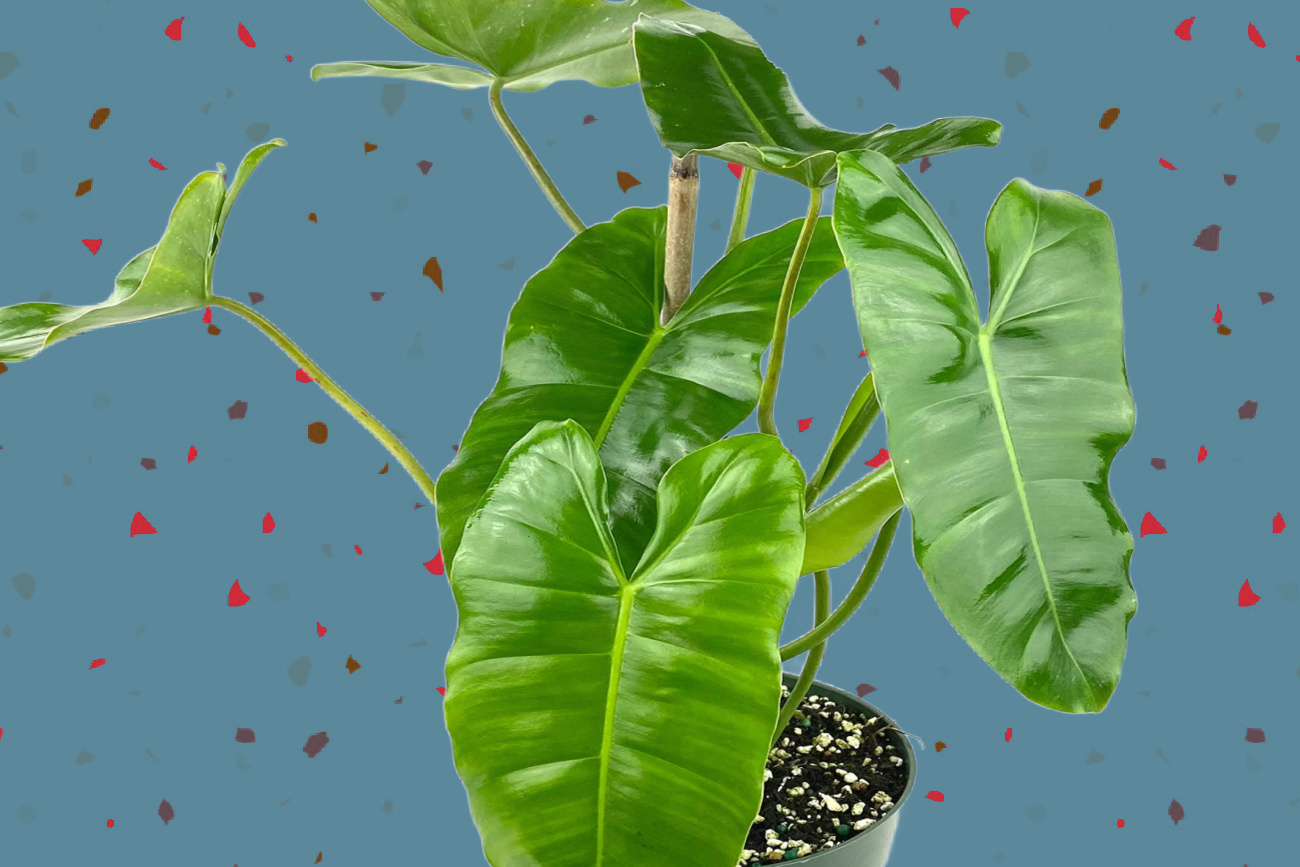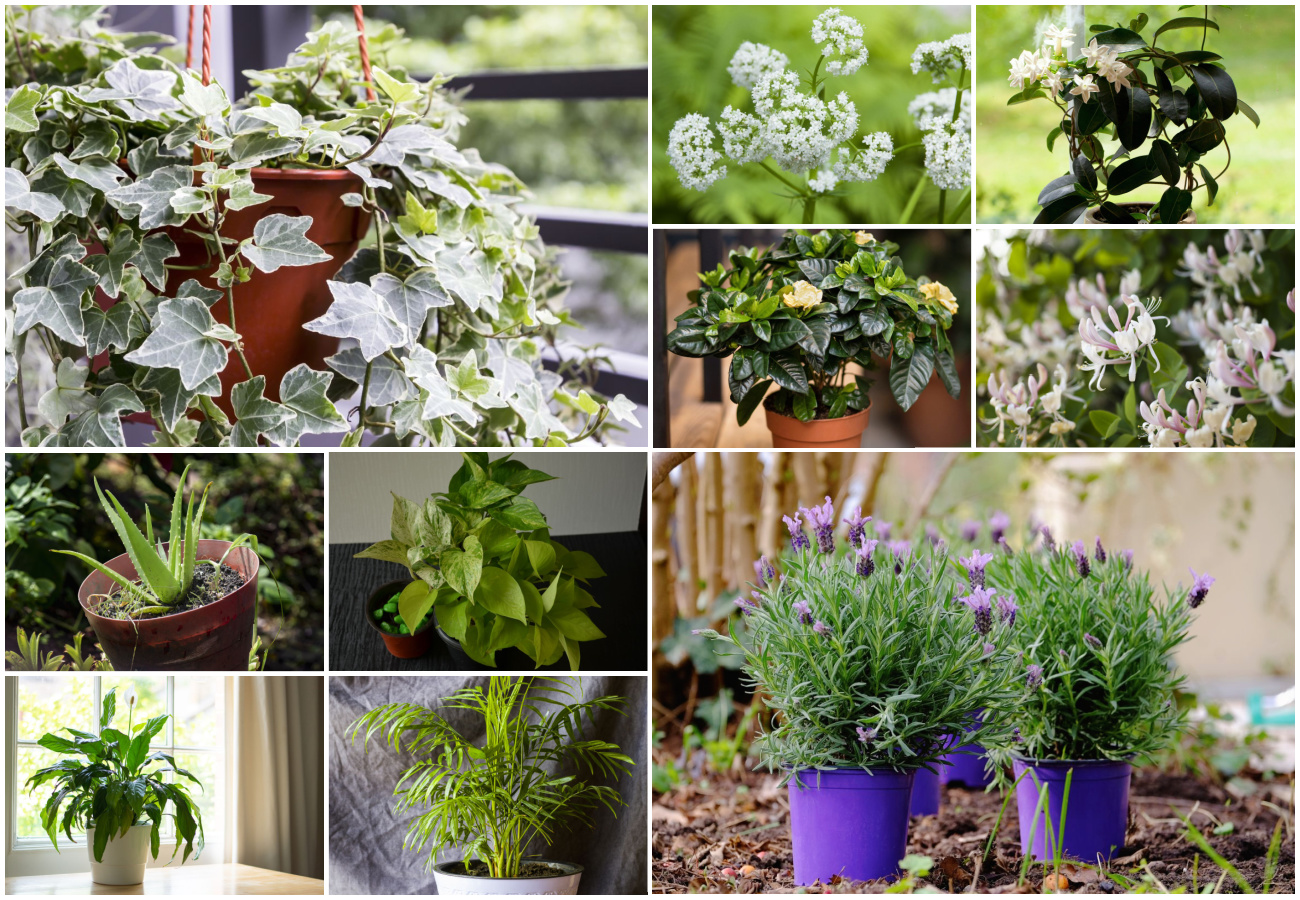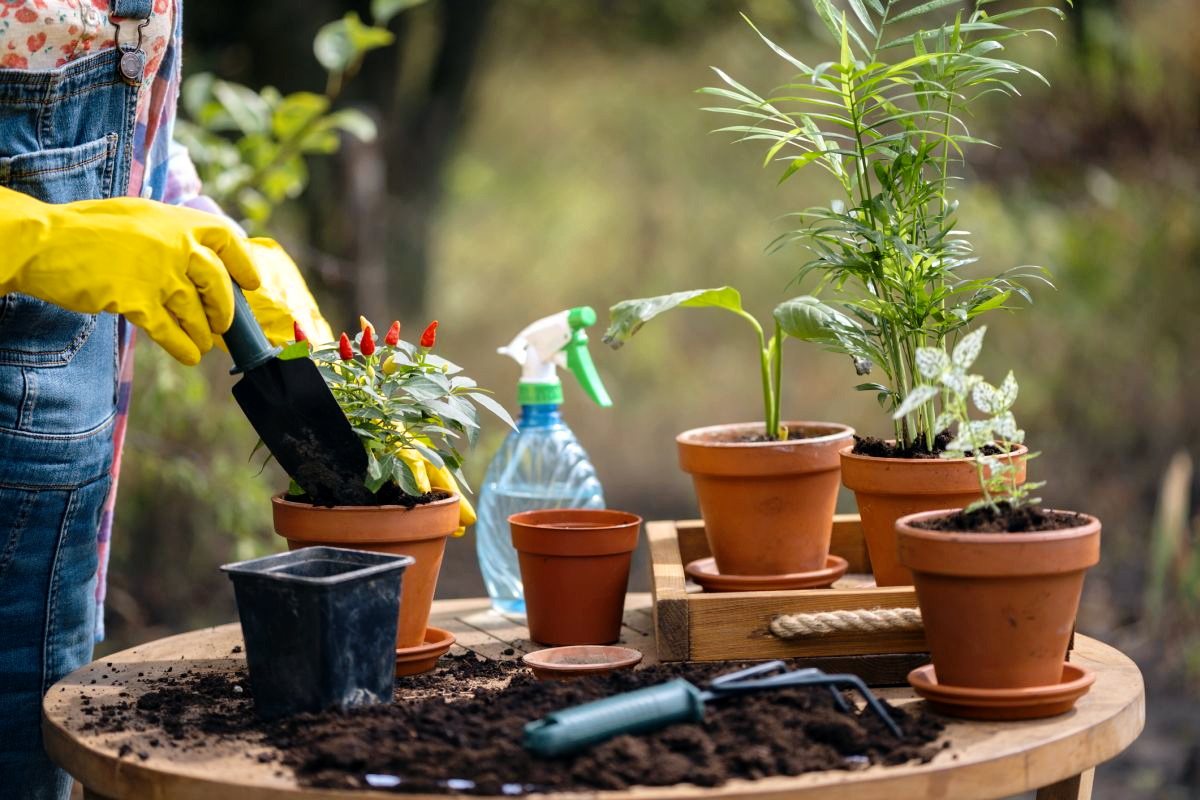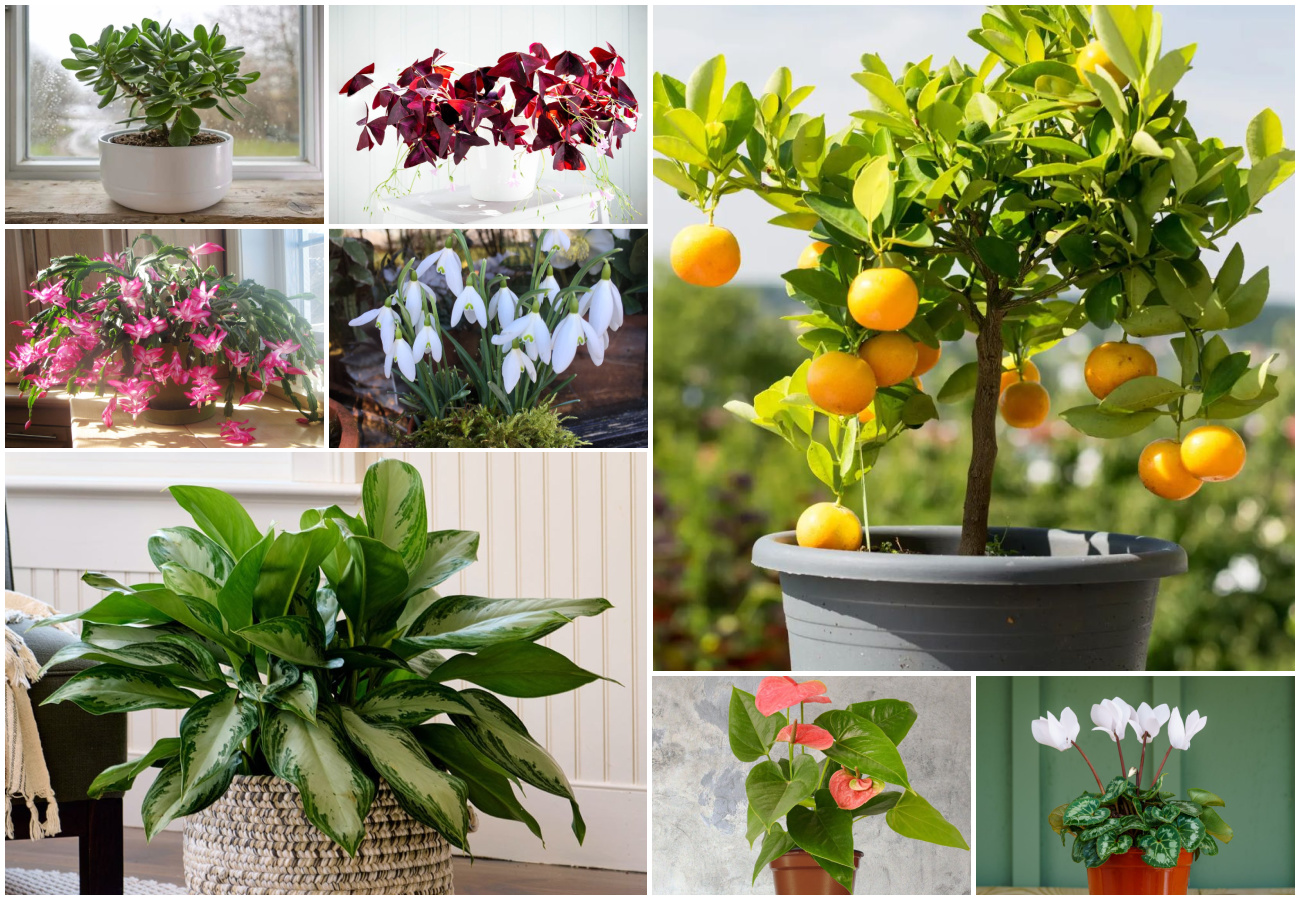The Philodendron Burle Marx is named after Roberto Burle Marx, an architect who was the first to use this tropical plant in a home design. Burle Marx is popular for its curb appeal and ease of growth, even for beginners.

The Philodendron Burle Marx belongs to the Araceae family, a shrub known for its heart shape and narrow leaves. It
has deep, rich leaves with a texture like other Philodendrons, and brings an exotic and jungle-like feel to a home.
Burle Marx also has a reddish color stem, though, and this adds to the tropical vibes.
Is ‘Burle Marx’ Philodendron Right for You?
Like many other Philodendrons, the Burle Marx has been popular since the Victorian era. They are popular for beauty, propagation, and ease of growth .
Another reason to consider this plant is that like other Philodendrons, it is known to help eliminate toxins in the air. Remember though that
Burle Marx has excess calcium oxalate crystals, which may affect the human immune system, and cause harm to other animals, so it’s a good idea to keep this plant away from children and pets.
Anyone looking for a smaller houseplant to grow will love the Philodendron Burle Marx. While some Philodendrons can grow up to 6 feet tall, the Burle Max usually grows at a maximum height of 2 feet and width of 2-4 feet.
Grow
While Philodendrons don’t require too much maintenance, they thrive under a certain growing environment. To grow them into healthy, happy plants you need to understand what they need in terms of light, temperatures, humidity, and soil/ potting medium.
Light
The Philodendron Burle Marx thrives on bright and indirect light. it can also survive under low light, but the plant will experience stunted growth.
Exposing the plant to direct sunlight can leave black scorch marks on the leaves, turn them yellow, or even burn the leaves.
To expose the plant to indirect light, place it in a position with a north or east-facing window.
Temperature And Humidity
The Philodendron Burle Marx thrives under room temperature between 60-75°F. They’re also more tolerant to low-temperature conditions than most houseplants.
The temperature shouldn’t be below 50°F or exposed to frost because it can affect plant growth.
The Philodendron Burle Marx thrives in higher humidity. While the plant can also survive under lower humidity, its growth may be stunted.
They won’t thrive at all if they’re under dehydrated air conditions. There are specific steps you can take to maintain proper air moisture that represents the tropical climate where the plant thrives. You can:
- Use a humidifier to improve the humidity level in the plant location. Keep in mind that this can be expensive.
- Mist the leaves.
- Wipe over the leaves with a damp cloth.
- Use pebble-filled water trays below your plant pots.
- Group houseplants together.
Controlling the humidity can be easier if you can measure it correctly.
Soil/ Potting Mix
Philodendron Burle Marx requires well-draining soil to remove excess water from the pot. This helps prevent the build-up of extra moisture. Excess water in the soil will stop oxygen from reaching the roots, causing root rot.
Root rot is a severe condition that occurs when a plant root starts to rot. It causes the root to turn black or brown, creating mildew or a rotting smell.
This condition can destroy the plant if it spreads before it is stopped. So use quality soil or growing medium.
Avoid clay or clay-like materials because they Can become compacted and these plants need the soil to remain light and airy.
The soil’s PH level should be between 5.6-6.5, which is either acidic or mildly acidic.
Care
This is a houseplant that is generally reasonably easy to maintain as long as the growing conditions above are provided.
Watering
The water requirements of the Philodendron Burle Marx are similar to other Philodendrons.
The goal is to maintain the soil moisture and find the right balance.
It’s important not to drench the soil or dry it out. Overwatering the plant can set it at risk of diseases like root rot or complete plant damage.
Once you notice that the plant is getting overwatered, take it out and check the extent of root damage.
If a small part of the root is damaged, prune the area using a sterilized pruning tool.
There’s little to be done if most of the root is already affected.
Water requirements differ throughout seasons. During summer and spring, water it regularly ( often once per week) to retain its moisture. During winter, make sure the plant dries out before watering it.
Feeding
When it comes to fertilization, a slow-release or an all-purpose organic fertilizer used at half-strength is a good choice for this plant.
Regardless of the brand of fertilizer used, prioritize a fertilizer that contains high nitrogen amounts. Nitrogen helps the Philodendron Burle Marx grow and glow.
Fertilize the plant once per week when it is growing. Remember that the Philodendron Burle Marx are heavy feeders. In colder months, fertilize the plant once per month or postpone fertilization until the next growing season.
Water the plant before fertilizing, as the soil must be moist. If the soil is fertilized when it’s dry, it can cause damage to the root.
The Philodendron Burle Marx can survive without fertilizer, but it’s best to fertilize the plant if you want it to reach its best potential. Not fertilizing the plant will reduce its growth or increase its susceptibility to diseases, but it won’t stop it from growing.
Potting And Repotting
When the root starts compacting and becoming a ball, it’s time to repot the plant. When this occurs, the plant’s root does not have enough time to stretch and grow. The best time to repot the Philodendron Burle Marx is before the start of the growing season.
When repotting the Philodendron Burle Marx, the new pot should only be 2 inches bigger than the former one.
Propagation
The Philodendron Burle Marx can be planted by seed or through propagation. To propagate the plant, there are two options to choose from, taking cuttings and air layering.
Pest Infestation
One of the most common pests is the thrip, a small creature that looks like a tiny thread. Thrips can fly using their weak wings. But they don’t fly long distances as they hover for seconds before moving down.
This pest steals sap by piercing its mouth through the plants( just like when sipping from a straw). This can cause a problem for the plant since they rely on the sap to carry nutrients and water.
Another common pest of the Philodendron Burle Marx is the mealybug, which is a weird-looking waxy bug wrapped in cotton-like substances. The substance protects their incredibly soft body. A mealybug infestation is visible when you see cottony white material around the plant’s leaves. Use Neem oil to prevent and get rid of the mealybugs.
Brown Leaves
Brown leaves can be caused by overwatering or lack of humidity. if the plant has adapted to the lower humidity levels, leave this reason out. If the soil is not drenched, rule out this reason too.
Another reason for Browning leaves due to the build-up of salt in the soil.
During fertilization, salt is added to the soil. After several feedings, it can result in excess salts, which can affect plant health. You can remove the salt with a monthly salt flush or as needed.
Wilting Leaves
When the plant’s leaves start wilting, it’s a sign of underwatering. When a plant is underwatered, it becomes dehydrated. Being deprived of water, it must survive and go through photosynthesis.
Underwater and overwatering also have similar results. You can know that your leaves wilt from underwatering by cross checking the soil.
If the soil is dry up to inches deep, the plant isn’t getting sufficient moisture.
Remedy this error by watering the plant regularly and then checking the soil every four days to monitor the effect of the watering.





